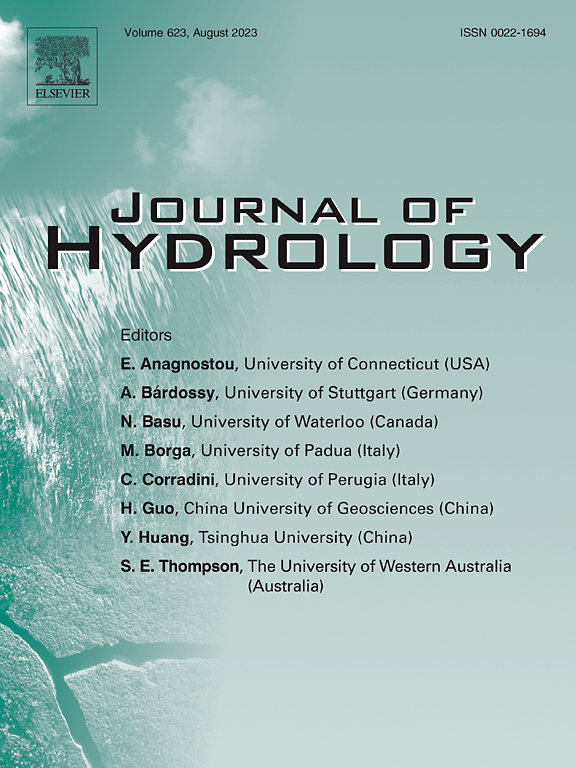A novel XGBoost-based approach for reconstruction terrestrial water storage variations with GNSS in the Northeastern Tibetan Plateau
IF 5.9
1区 地球科学
Q1 ENGINEERING, CIVIL
引用次数: 0
Abstract
Accurately estimating terrestrial water storage (TWS) variations is essential for ensuring the sustainable management of global water resources. The Global Navigation Satellite System (GNSS) offers a promising approach for monitoring TWS changes with high spatial and temporal resolution. However, its application is significantly constrained by the sparse and uneven distribution of GNSS stations. In this study, we build upon traditional GNSS inversion techniques by employing the Extreme Gradient Boosting Machine Learning (XGBML) model to simulate crustal deformation caused by hydrological loading. The simulation is conducted on a grid across the Northeastern Tibetan Plateau (NETP). This study compared TWS variations derived from the XGBML simulations and traditional inversion methods with data from the Gravity Recovery and Climate Experiment (GRACE) satellite and the Global Land Data Assimilation System (GLDAS). The Pearson Correlation Coefficients (PCC) between TWS changes derived from the XGBML inversion technique and those from GRACE and GLDAS data were 0.72 and 0.50, respectively, representing improvements of 8.82 % and 11.10 % compared to the conventional inversion approach. Furthermore, GNSS-DSI, GRACE-DSI, and SPEI were integrated to analyze hydrological drought events in the study area, revealing that precipitation and temperature are important drivers of hydrological drought in the NETP. These findings highlight the effectiveness of the XGBML model in simulating GNSS vertical displacements induced by hydrological loading and demonstrate its potential as a novel tool for identifying water storage variations in regions with uneven GNSS station distribution.
求助全文
约1分钟内获得全文
求助全文
来源期刊

Journal of Hydrology
地学-地球科学综合
CiteScore
11.00
自引率
12.50%
发文量
1309
审稿时长
7.5 months
期刊介绍:
The Journal of Hydrology publishes original research papers and comprehensive reviews in all the subfields of the hydrological sciences including water based management and policy issues that impact on economics and society. These comprise, but are not limited to the physical, chemical, biogeochemical, stochastic and systems aspects of surface and groundwater hydrology, hydrometeorology and hydrogeology. Relevant topics incorporating the insights and methodologies of disciplines such as climatology, water resource systems, hydraulics, agrohydrology, geomorphology, soil science, instrumentation and remote sensing, civil and environmental engineering are included. Social science perspectives on hydrological problems such as resource and ecological economics, environmental sociology, psychology and behavioural science, management and policy analysis are also invited. Multi-and interdisciplinary analyses of hydrological problems are within scope. The science published in the Journal of Hydrology is relevant to catchment scales rather than exclusively to a local scale or site.
 求助内容:
求助内容: 应助结果提醒方式:
应助结果提醒方式:


